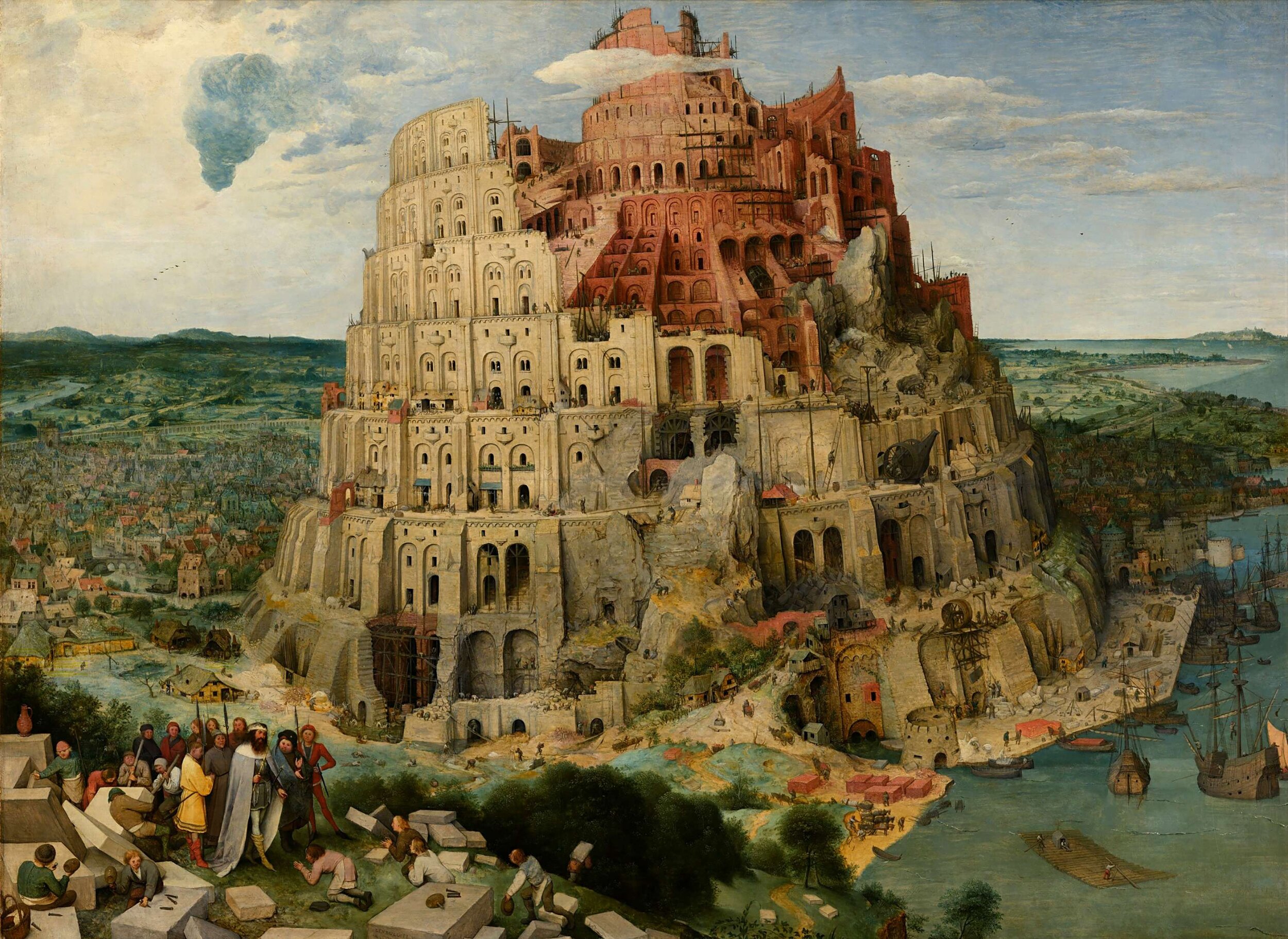The Capabilities of a Canvas
by Rachel Eisenhart
Art, throughout history, has been a means of expression and escape from reality. It can be portrayed in many different ways through many methods, ranging from political cartoons to paintings of nature.
The bubonic plague produced paintings like Pieter Brueghel’s The Triumph of Death, (created in 1562) which showed the impact of the plague through the artist’s eyes. It depicts what appears to be hell on earth. There are bodies everywhere and skeletons running rampant. There is an army of the dead quickly approaching from the back. The work as a whole makes the viewer feel sad and fearful of what’s to come. Brueghel's painting reflects the time in which he was living. He lived in a time when Netherlandish society as a whole was breaking down. The upper class was diverging farther and farther away from the lower class, leading to the creation of the middle class. The painting mimics this as the skeletons murder anyone and everyone in sight, regardless of class, religion, or any characteristics that make a person who they are. Overall, it demonstrates how life can be interpreted through art.
Oftentimes, the art being created does not directly relate to what is going on in the world. However, upon closer inspection, it can tell the artist’s political opinions. White on White, by Kazimir Malevich, (created in 1918) appears to be simply two white squares on top of each other, one, a slightly different shade than the other. Malevich created this piece during a time of chaos and strife in Eastern Europe, where he was from. Although abstract, the piece can be interpreted in light of the emptiness that he felt with the world at the moment, which was in the middle of World War I. According to the artist, it was meant to evoke a feeling of floating and infinite movement, which is why the second square is tilted. It could be interpreted to represent instability, as in the state of the world, with infinite movement representing constant change. It shows how not all interpretations of current events are literal.
“There is a trend that as tragedy and strife run rampant, so does art as a coping mechanism. ”
Some of Claude Monet’s most famous paintings were created in a time of grief. His series of paintings, Water Lilies, is comprised of more than 250 individual works. Although he began the series before his wife’s death, this monumental event leads to his most famous works from that collection. He began to paint on giant canvases. Those works, when displayed as they are in the Musee d’Orsay, give the feeling of an escape from reality and provide a window into Monet’s garden, which the paintings are based on. One interpretation is that Monet painted these as a coping mechanism and to escape reality. Monet uses these giant canvases to transport himself away from the tragedy in his life and into the serene world that was the garden near his house. It demonstrates how art has helped cope with tragedy of all kinds.
Art, as a whole, can be interpreted in many different ways. There is a trend that as tragedy and strife run rampant, so does art as a coping mechanism. Regardless of whether the tragedy is personal, like the death of a loved one or political, like a war or a public health issue, like a pandemic, art is there to counteract it. It serves as a lesson to society that when the world is in a bad place, art will be there to express emotions or to escape reality.
Works Cited:
“10 Facts You Might Not Know About Claude Monet's ‘Water Lilies.’” .claude-monet.com/waterlilies.jsp.
Frith, John. “The History of Plague – Part 1. The Three Great Pandemics.” JMVH .
“Kazimir Malevich.” Wikipedia, Wikimedia Foundation, 7 Mar. 2021.


